Room Mom Introduction Letter Template for School Events
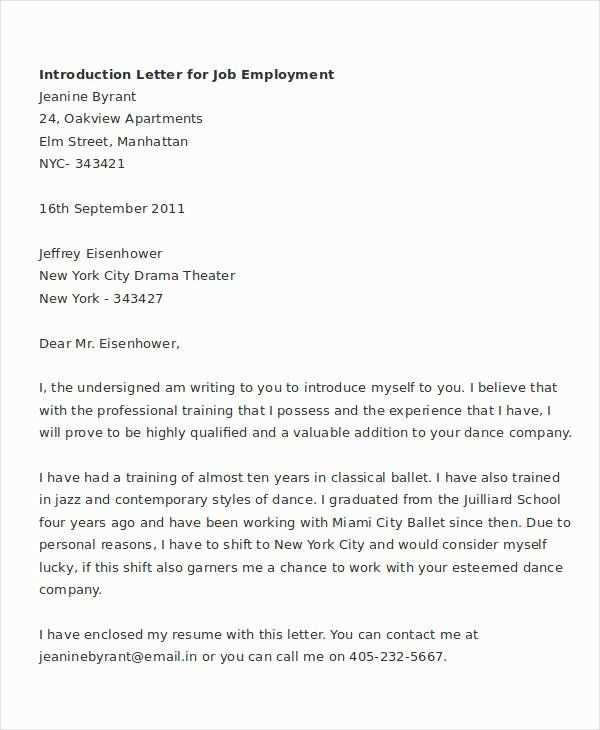
Establishing clear and friendly communication is essential when taking on a supportive role in a school community. Introducing yourself effectively sets the tone for building meaningful relationships with parents, teachers, and students alike. A thoughtful and well-crafted message can help you make a lasting positive impression, fostering a sense of teamwork and collaboration.
Whether you’re leading a class project or helping organize an event, initiating contact with others creates a foundation for a successful partnership. By using a carefully structured approach, you can ensure that everyone feels welcomed, informed, and engaged in the upcoming activities. This guide provides valuable insights on how to craft a message that resonates with your audience and reflects your enthusiasm for being part of the school community.
Creating a Warm First Impression
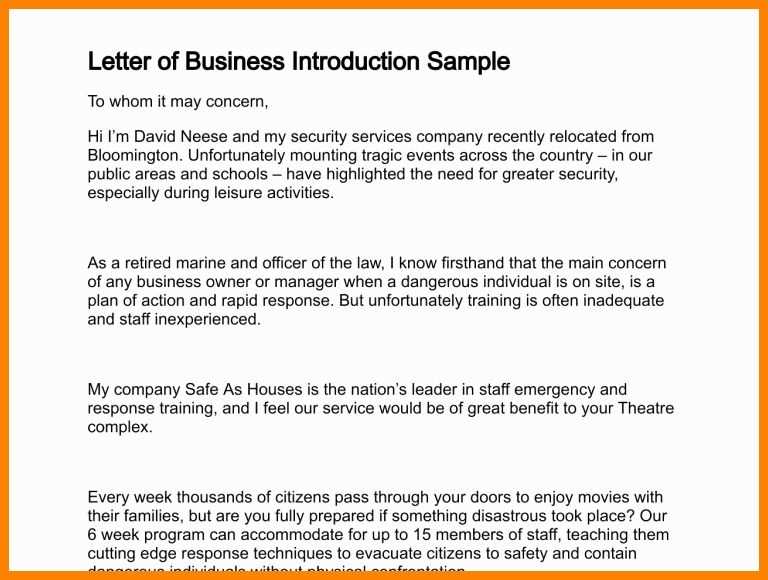
When starting any new role within a school setting, making a positive and welcoming first impression is crucial. The way you communicate your intentions and establish rapport can set the stage for successful collaborations with both parents and staff. A thoughtful approach that conveys your excitement and willingness to contribute can help build trust and foster a sense of community.
To make a strong connection, it’s important to be approachable and clear about your goals. Ensuring that your message reflects warmth and professionalism will help others feel comfortable reaching out to you, whether for support or to share ideas. A well-crafted communication can create an atmosphere of openness, making it easier to engage others and build lasting relationships throughout the year.
Why Room Mom Letters Matter
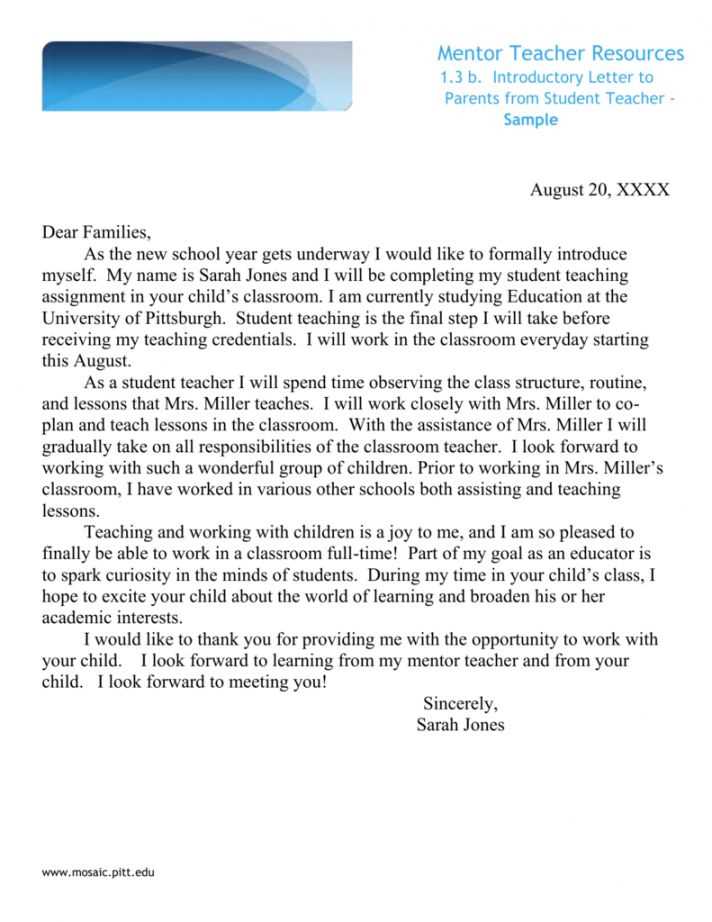
Effective communication plays a key role in establishing strong connections within a school community. A well-crafted message can serve as the first step in building trust and encouraging collaboration among parents, teachers, and volunteers. It offers an opportunity to introduce yourself and set the tone for future interactions, making it easier for others to engage with you in a meaningful way.
By taking the time to express your enthusiasm and outline your intentions, you demonstrate your commitment to creating a positive environment. This initial gesture can help create a sense of unity and support, ensuring that everyone involved feels comfortable reaching out and contributing to the school’s activities. Clear and thoughtful communication lays the foundation for successful teamwork throughout the year.
Personalizing Your Message
Making your communication unique and reflective of your personality can have a significant impact on how others perceive you. By incorporating personal touches, such as sharing a brief background or expressing specific interests, you help others connect with you on a more genuine level. This approach goes beyond a generic message and fosters a sense of familiarity, making it easier for others to engage with you.
Including details that relate to your specific role or goals for the school year can also show your dedication and enthusiasm. Whether it’s mentioning your excitement for upcoming events or highlighting your passion for supporting students, a personalized message creates a more approachable and inviting atmosphere. The more you share about yourself, the easier it is for others to relate and offer their support when needed.
Tips for a Professional and Friendly Tone
Striking the right balance between professionalism and warmth is essential when reaching out to others in a school environment. A message that is both approachable and respectful creates an atmosphere of trust and openness, making it easier for others to engage with you. The following tips will help you maintain a tone that is both friendly and professional.
Use Positive and Clear Language
- Avoid using negative or overly formal language that may come across as distant.
- Be direct and clear in your communication, so others can easily understand your message.
- Incorporate phrases that express enthusiasm, such as “I’m excited to be involved” or “Looking forward to working together”.
Maintain a Friendly Yet Respectful Tone
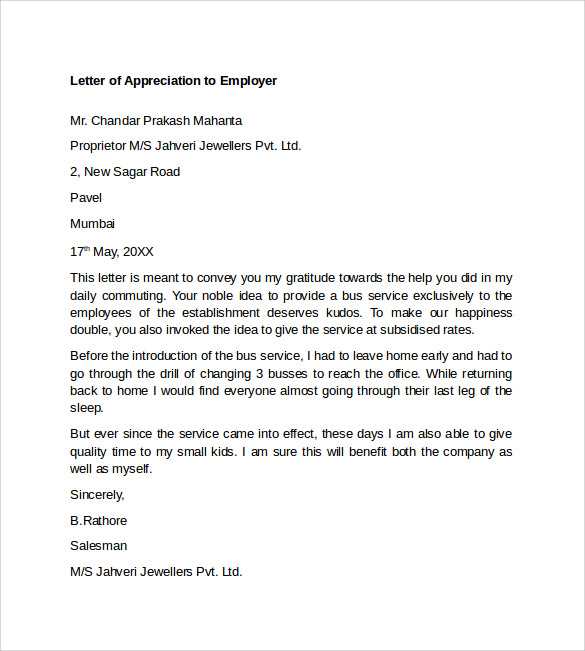
- Be polite and considerate in your choice of words, making sure to show appreciation for others’ time and efforts.
- Keep your tone conversational, but avoid being too casual, ensuring your message reflects professionalism.
- Use a warm greeting and closing to make the communication feel personal and inviting.
Common Mistakes to Avoid in Messages
When crafting your message to others in a school setting, it’s important to avoid certain pitfalls that can undermine your efforts. Common mistakes, such as using unclear language or sounding too formal, can create misunderstandings or make you seem less approachable. Being aware of these potential issues will help you communicate more effectively and maintain a positive tone.
| Mistake | Why to Avoid It | How to Fix It |
|---|---|---|
| Overly Formal Tone | Can make you sound distant or unapproachable. | Use a conversational but professional tone that shows warmth. |
| Too Vague or Unclear | Leads to confusion and can cause misunderstandings. | Be specific about your intentions and goals for clarity. |
| Neglecting to Personalize | Fails to build a connection or relate to the audience. | Include a personal touch or background to foster engagement. |
| Being Too Brief | Can come across as uninterested or rushed. | Provide enough information to engage and inform, without overwhelming. |
Best Practices for Sending Your Message
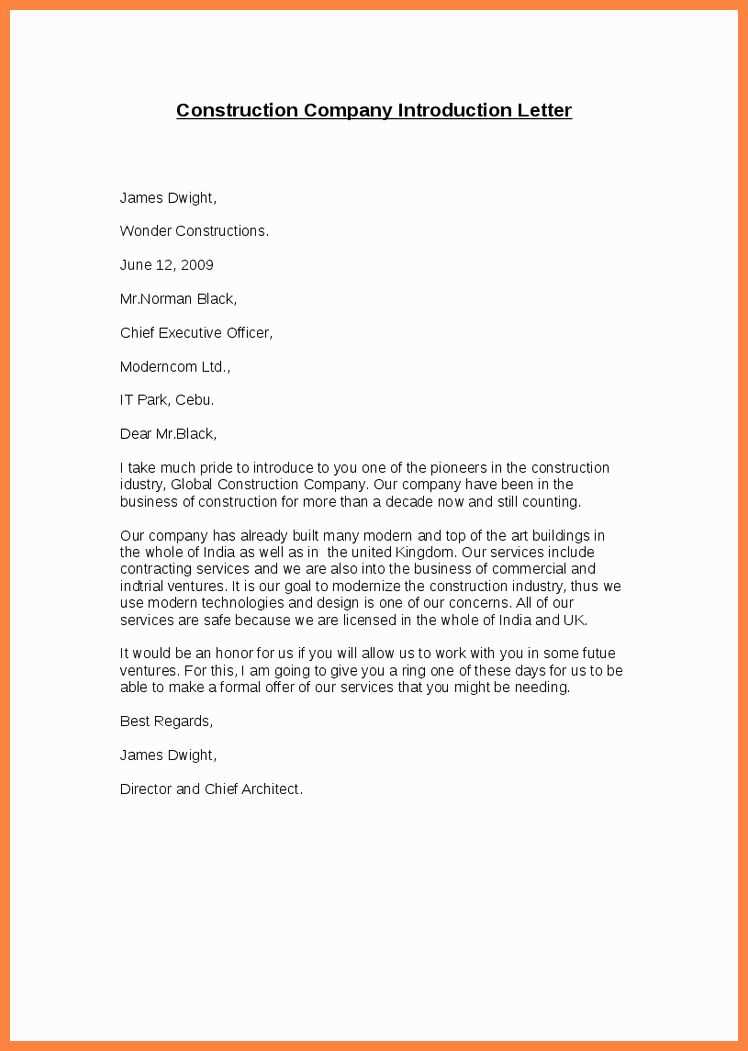
When it’s time to send your communication, ensuring it reaches the right audience and is well-received is crucial for creating lasting connections. Taking care in how and when you send your message can greatly impact its effectiveness. Following best practices ensures that your message is both timely and professional, setting a positive tone for future interactions.
- Choose the Right Medium: Consider whether email, a printed note, or a digital message is the best way to communicate. Choose a method that fits your audience and message content.
- Timing Matters: Sending your message at the beginning of the school year or shortly before an event ensures it’s received at the right time, allowing recipients to plan accordingly.
- Proofread Before Sending: Always review your message for spelling, grammar, and tone. A polished communication reflects professionalism and attention to detail.
- Be Mindful of Recipients: Ensure you are sending the message to the correct individuals, such as teachers, parents, or other volunteers, and avoid unnecessary CCs or BCCs.